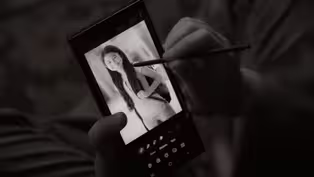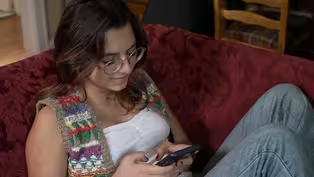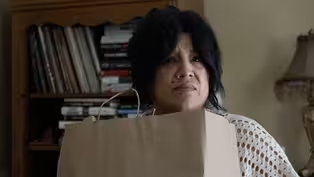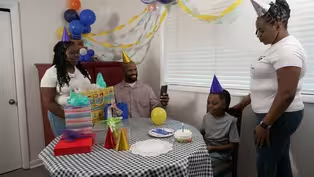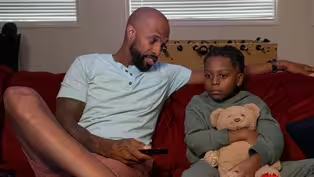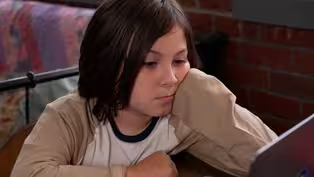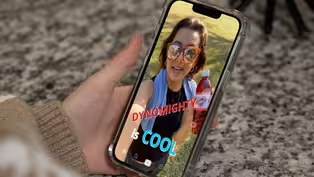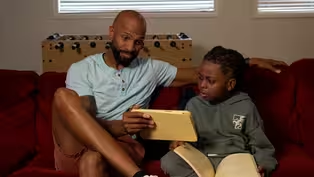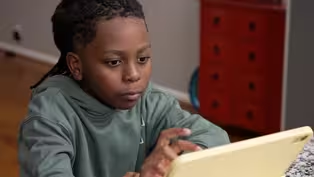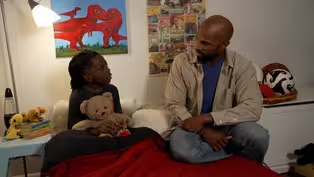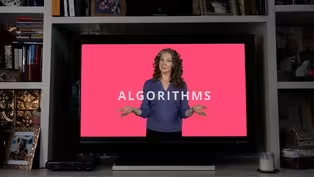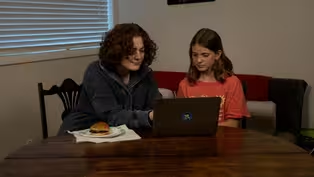
Media Bias Explained
12/18/2024 | 1m 24sVideo has Closed Captions
Learn how to spot media bias and compare different perspectives on the same story.
A kid discovers conflicting news stories about the same snowstorm. With the help of two news anchors, he learns how media bias can influence perspectives and opinions. This fun and engaging video encourages kids to critically evaluate news by comparing and contrasting sources to uncover the full story.
Problems playing video? | Closed Captioning Feedback
Problems playing video? | Closed Captioning Feedback
Learning to Read is a local public television program presented by WNPT
Funding for LEARNING TO READ is provided by the Dollar General Literacy Foundation and the Hays Foundation.

Media Bias Explained
12/18/2024 | 1m 24sVideo has Closed Captions
A kid discovers conflicting news stories about the same snowstorm. With the help of two news anchors, he learns how media bias can influence perspectives and opinions. This fun and engaging video encourages kids to critically evaluate news by comparing and contrasting sources to uncover the full story.
Problems playing video? | Closed Captioning Feedback
How to Watch Learning to Read
Learning to Read is available to stream on pbs.org and the free PBS App, available on iPhone, Apple TV, Android TV, Android smartphones, Amazon Fire TV, Amazon Fire Tablet, Roku, Samsung Smart TV, and Vizio.
Providing Support for PBS.org
Learn Moreabout PBS online sponsorshipMore from This Collection
Media Literacy – Take 2
Video has Closed Captions
A joke online can hurt more than you think. Teach kids to be kind and responsible online. (1m 24s)
Stranger Danger in the Online World
Video has Closed Captions
Protect your kids from online strangers by teaching them to recognize warning signs. (1m 4s)
Video has Closed Captions
Handle harmful content online by guiding kids gently and creating a safe space to share. (1m 10s)
Video has Closed Captions
Oversharing online can risk your child’s safety. Post privately to protect their privacy. (55s)
Guide your Kids' Viewing Choices
Video has Closed Captions
Manage your child’s streaming content to keep your child from inappropriate content. (1m 38s)
Video has Closed Captions
Learn how DCBA (Don’t respond, Choose to ignore, Block, Alert) helps stop cyberbullying. (1m 4s)
Caught! Sneaky Ads Targeting Your Kids
Video has Closed Captions
Social media posts may not be genuine — learn how to spot sneaky social media advertising. (1m 27s)
Stop Inappropriate Content for Kids
Video has Closed Captions
Protect kids online from unwanted inappropriate content with the RANT method. (1m 10s)
Video has Closed Captions
Learn why limiting screen time is important and how to do it in a simple manner. (1m 4s)
Video has Closed Captions
Learn how to help kids distinguish real life from fiction. (1m 15s)
Video has Closed Captions
Discover how algorithms influence what kids watch and why it’s important to stay aware. (1m 30s)
Video has Closed Captions
Learn what lateral reading is and use it to fact-check claims and uncover the truth. (1m 17s)
Providing Support for PBS.org
Learn Moreabout PBS online sponsorship(playful music) - Welcome to Farmers TV.
Today's top story: heavy snow is troubling farmers because it's destroying their crops.
(child yawns) - We are back to Kid TV.
Today's top story: heavy snow makes everyone happy because they get to build snowmen and have epic snowball fights.
- Why are they saying different things about the same snowstorm?
- News stories can be told in different ways by different people to influence your opinions.
- This is called media bias.
- In fact, many young people like you do recognize bias in the news.
- So next time you see a news story, don't take it at face value.
- Ah, so there's always another side to the story.
- [Both] Exactly.
- So always compare... - And contrast how news is presented to you.
- But my news coverage is better.
- No, mine's better.
- Mine is better!
- No, mine!
- Stop!
Mine is better!
- Mine is better!
No!
Mine is better!
Stop!
I'm right, you're wrong!
Mine is better!
- Enough already!
I'm gonna go play in the snow outside.
- [Narrator] Made possible by the generous support of the Marlene and Spencer Hays Foundation.

- Science and Nature

Explore scientific discoveries on television's most acclaimed science documentary series.

- Science and Nature

Capturing the splendor of the natural world, from the African plains to the Antarctic ice.












Support for PBS provided by:
Learning to Read is a local public television program presented by WNPT
Funding for LEARNING TO READ is provided by the Dollar General Literacy Foundation and the Hays Foundation.
